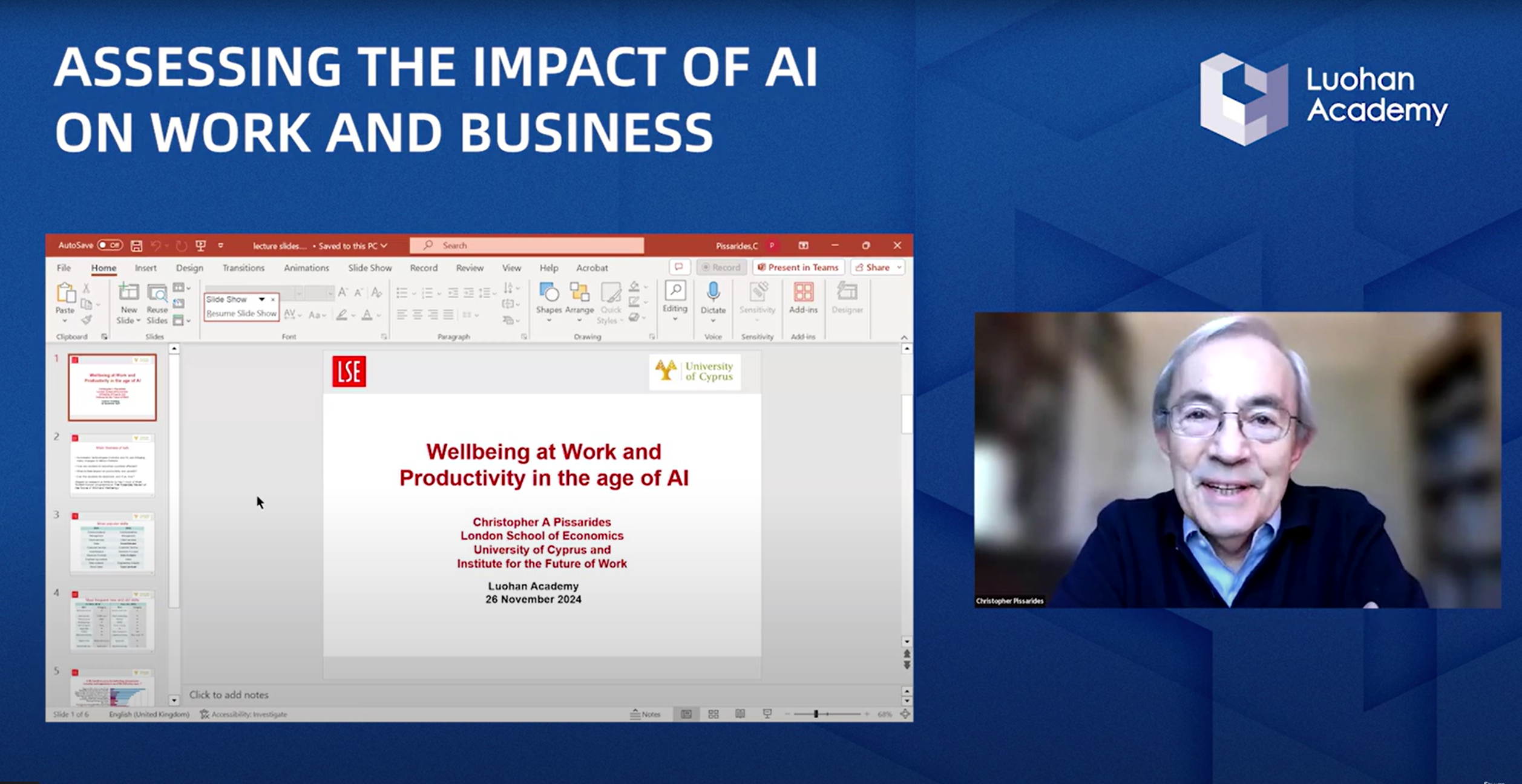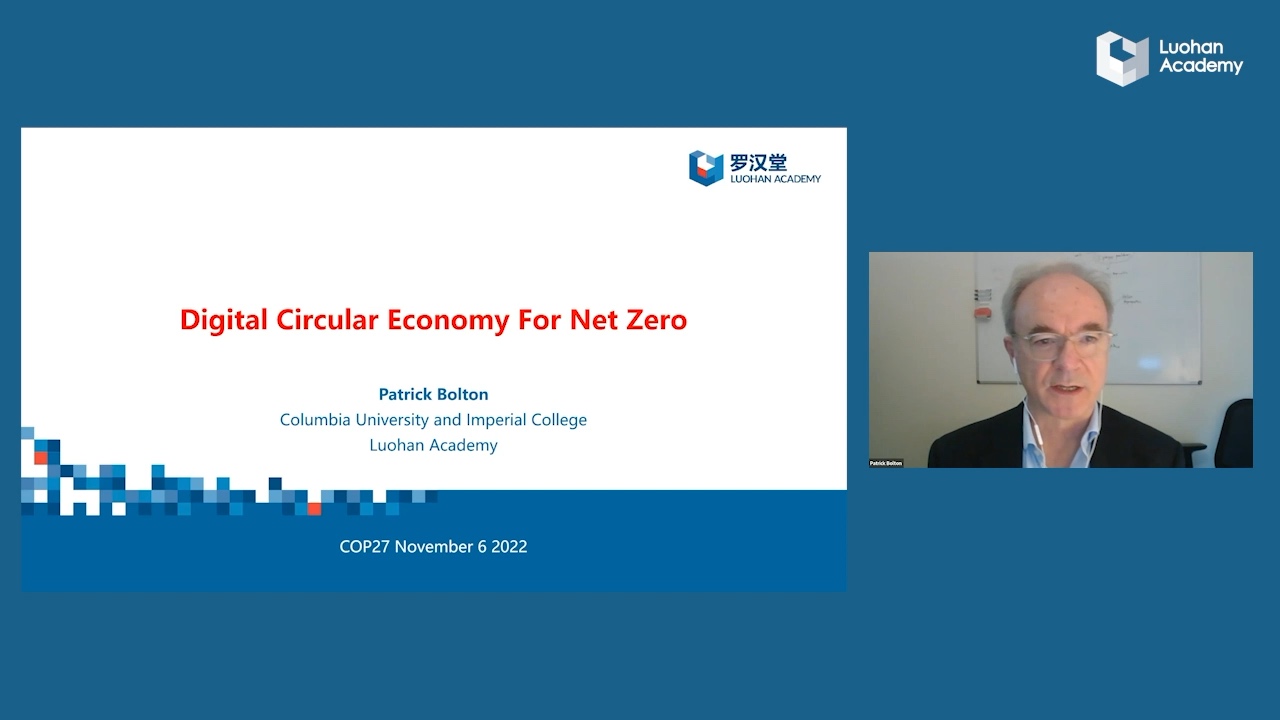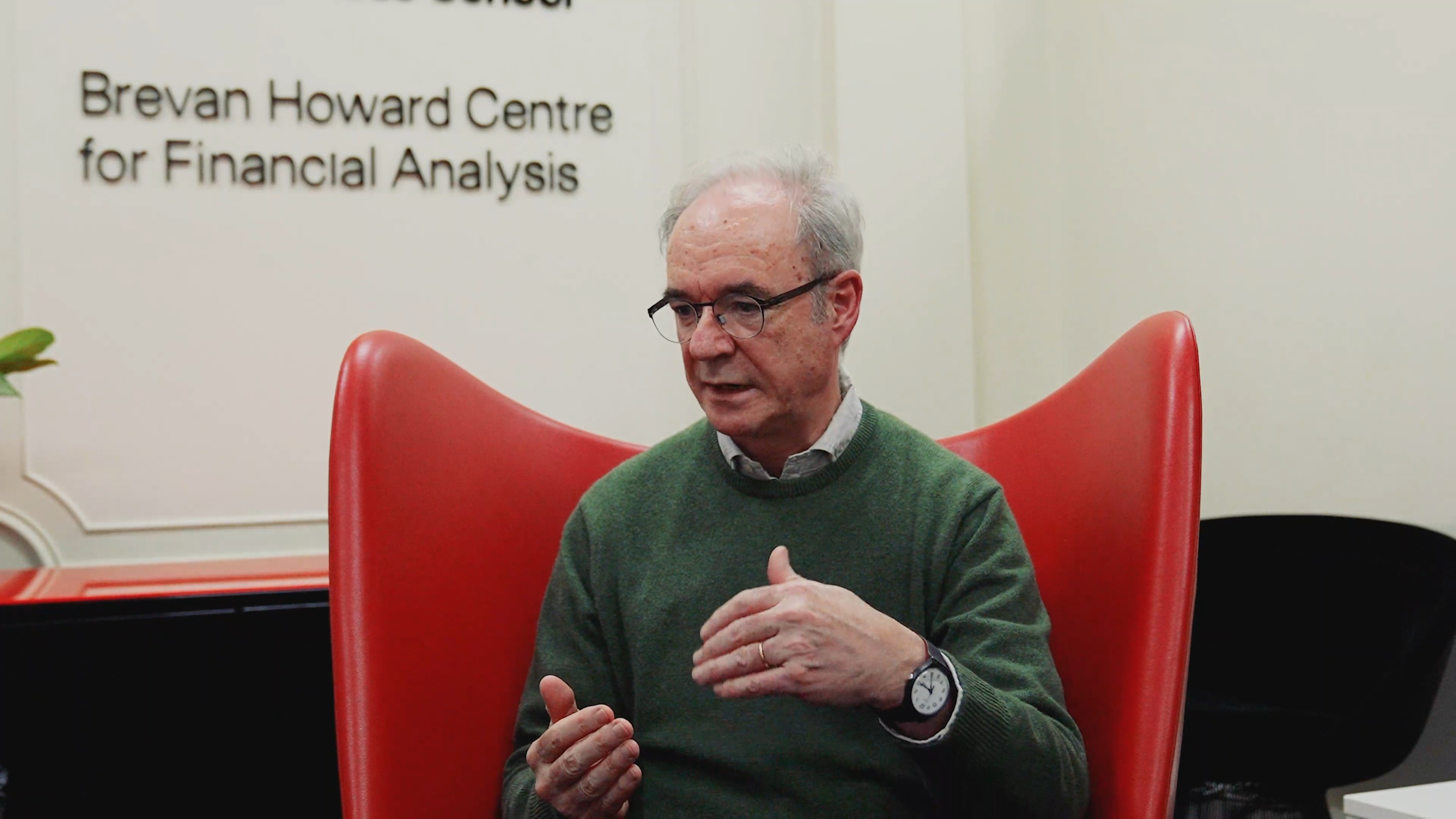The “novel coronavirus” has spawned a novel approach to digital coupons by the Hangzhou government. Hangzhou municipal authorities are leveraging the presence of Alibaba’s headquarters there to launch a digital coupon economic stimulus program on the company’s Alipay platform. It’s a marriage of government economic policy with financial technology.
The new subsidy program has shown the enormous power of small-sized coupons in what economists refer to as the multiplier effect-- the proportional amount of increase in final income that results from an injection of spending.
Deploying coupons or vouchers to stimulate economic growth has been a popular strategy employed by policymakers in governments around the world. In 2009, Hangzhou issued paper coupons around the city in an effort to blunt the economic downturn resulting from the 2008 financial crisis. The local government amended the program amid the novel coronavirus, or Covid-19, pandemic with its own novel approach: they were released digitally through Alipay on a first-come, first-served basis. The projected time and date of the coupons release is announced a few days prior, and what happens next might best be described as the “game effect” of economic policy.
Families and individuals compete by setting alarms with the aim of "digitally grabbing," or claiming the coupons in a real-time lottery system on Alipay. However, the coupons come with a catch, they are only usable offline, and one must spend over a minimum amount for them to take effect, usually 40 yuan. The first coupons issued by Hangzhou were valued at 10 yuan apiece, the equivalent of about $1.41 USD. By the second round, Hangzhou residents could redeem as much a 40 yuan or about $5.60 USD.
The coupon pricing system emphasizes another vital factor of the coupon program on Alipay--it's data-driven. For example, the local government can track the coupons from release to spending, adding an important layer of analysis to decision making. The number of coupons, their value, and the threshold at which they can be used, can also be adjusted to achieve the most benefit. The strategy can be augmented and adapted to target sectors in need of a jolt.
In China, the program has mainly targeted small to medium-sized offline businesses, primarily impacted by COVID-19. So far, the government has released 5.6 billion yuan in consumer coupons, the equivalent of $788 million USD. Similarly, in the Chinese city of Zhengzhou, 75 million coupons yielded 550 million yuan in spending.
Hangzhou's digital consumer coupon program has been quickly emulated in more than 100 cities around China, exemplifying another characteristic of the stimulus plan. It's fast and efficient. Rather than waiting for checks or coupons to arrive in the mail, Alipay acts as the intermediary between economic policy and its beneficiaries.
The program is far from perfect. Many netizens complained that there aren't enough coupons to go around. Still, in some respects, the competition to win the coupons for others adds to the game-like quality of the coupons. There’s also the urgency factor. Each coupon is time-sensitive with a set expiration. So, you either use it, or you lose it.
In economic circles, the debate between issuing coupons or cash subsides is still ongoing. And China's digital coupon system, along with COIVID-19, has provided a real-time test of the efficacy of stimulus efforts using cash, coupons, or vouchers. Many economists believe that cash still reigns supreme. However, China's digital consumer coupons are demonstrating that economic policy can benefit from financial technology. Platforms like Alipay are powerful tools to implement and adjust policies with unprecedented speed and ease.









